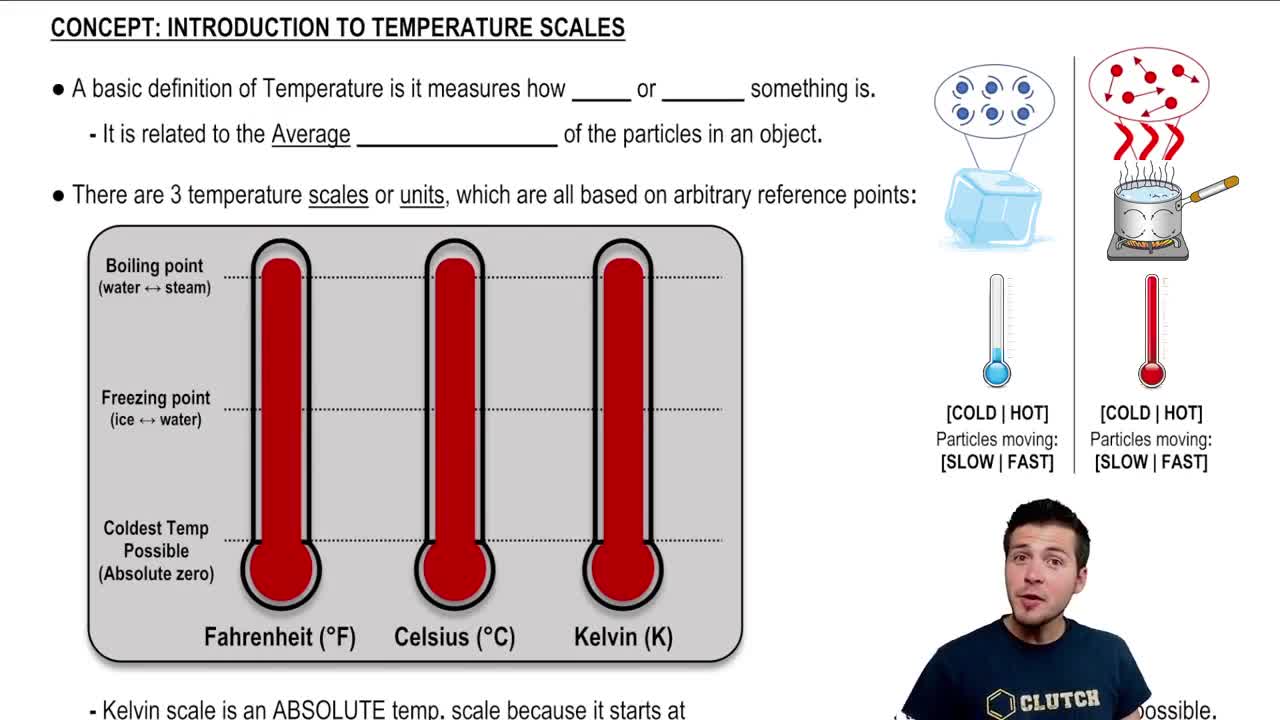(a) If you treat an electron as a classical spherical object with a radius of m, what angular speed is necessary to produce a spin angular momentum of magnitude ?
(b) Use and the result of part (a) to calculate the speed of a point at the electron's equator. What does your result suggest about the validity of this model?






